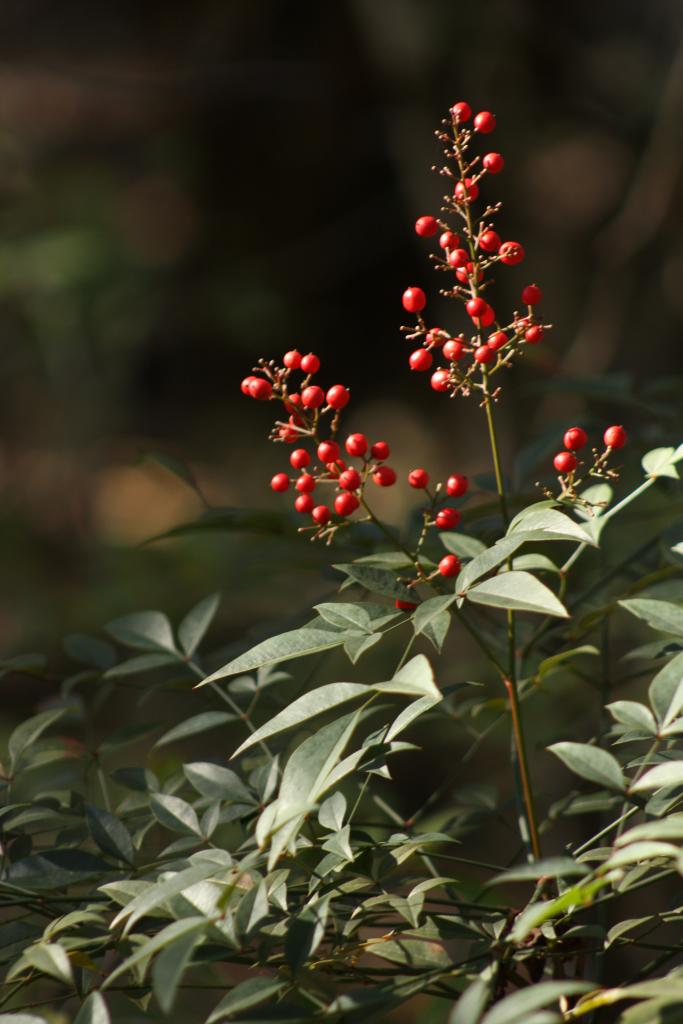Native furrow bees huddle under the only remaining upright prairie coneflower after a wildflower meadow was mowed.
What is a Native Species?
A species is considered “native” if it developed naturally within a specific ecosystem. If it came from somewhere else, it’s considered “exotic.”
In the Austin area, two main ecological zones meet around Interstate 35. East of I-35 is the Blackland Prairie, known for its dark clay soils, tall grasses, and wildflowers. Trees are mainly found near rivers and streams.
West of I-35 is the Edwards Plateau, also known as the Hill Country. It features shallow, rocky soils, rolling hills, and a mix of trees, grasses, and wildflowers. Rugged canyons and spring-fed creeks support dense woodlands of oak and juniper.
Species that evolved in these areas over time are considered native to the region.
Nandina is a common exotic nursery plant that invades natural habitats.
What is an Exotic Species?
An exotic species is one that has been introduced—either on purpose or by accident—into a new ecosystem where it didn’t originally belong.
Some exotic species may seem harmless, but many disrupt the balance of local ecosystems. They often spread quickly because they leave behind natural predators or diseases from their native habitats.
This can allow them to outcompete native plants and animals, reducing biodiversity. Exotic species may also bring new diseases that hurt native populations.
Altogether, they are considered one of the biggest threats to the health of nature preserves and natural areas in Austin.
A mining bee “face to face”.
Native Bees Need Conservation
Many native bee species are declining. At the same time, European honey bees—an introduced and heavily managed species—have become widespread.
Honey bees are raised for honey production, with around 157,000 hives active in Texas in 2022. Each hive gathers nectar and pollen that native bees need for survival and reproduction.
One hive can use enough resources to impact the survival of up to 110,000 native bee offspring. When you add urban growth, farming practices, pesticides, and landscaping habits, the challenges grow even greater.
Today, more than 115 species of native bees in the U.S. are considered Species of Greatest Conservation Need. While honey bees often get the spotlight, it’s our native bees that truly need our help.

.JPG)

.jpg)